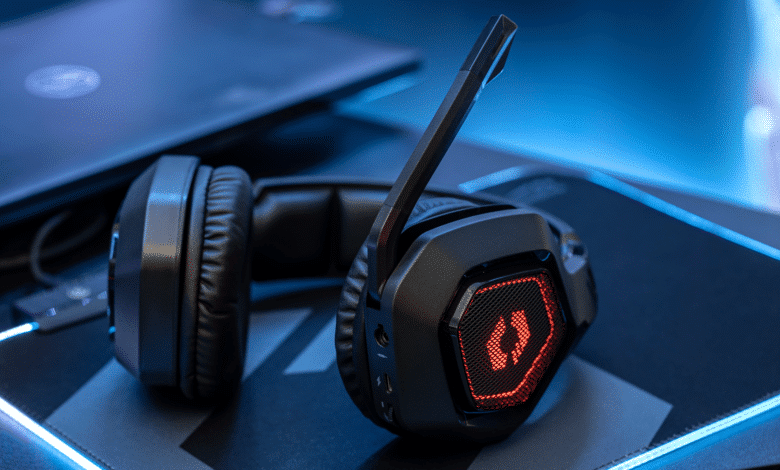
Until now, the Orio RGB 7.1 was Speedlink’s flagship headset, but at the beginning of December, this role went to the freshly introduced Mandas. This is advertised by Speedlink with, among other things, LED lighting and sound reproduction via analog signal as well as wirelessly via Bluetooth. Speedlink calls for an RRP of 80 Euros, but the Mandas is currently available in stores for € 74.74 * [test time: 60 Euros]. To what extent the headset is worth it for this price, and which strengths and weaknesses it has, we will clarify in the following test.
At the same time, we will also take a look at another suitable product from Speedlink. Under the name “Excello”, the company sells a headset mount for € 16.99 * [review time: 25 euros], which comes with RGB lighting, a USB hub and an integrated sound card.
Technical details
| Driver: | 50mm |
| Frequency range: | 20 Hz – 20 kHz |
| Frequency range (microphone): | 100 Hz – 16 kHz |
| Impedance: | 32 Ω |
| Sound pressure level: | 95 dB at 1kHz |
| Sensitivity (microphone): | -42 dB at 1kHz |
| Weight: | 350 g |
| Battery: | 900 mAh |
| Cable length and type: | 3.5mm jack, four-pin, 1.2m microUSB, 1.0m |
| Price: | € 74.74 * |
Scope of delivery
Both the Speedlink Mandas and Excello come in a colorful printed cardboard box. In the case of the Excello headset mount, Speedlink limits itself to quite few accessories: the 1.0 m long and unsleeved USB connection label is permanently installed on the base, and apart from the two-piece frame, there is otherwise only a short user manual.
Such a manual is also included with the Mandas headset. Speedlink also includes a few other accessories with this headset: In addition to the USB dongle for the wireless connection, a four-pin jack cable with a length of 1.2 meters and a USB charging cable with a length of 1.0 meters are also included. Thus, the Mandas is directly ready for use and compatible with most playback devices ex-works. Only those who want to operate the headset via cable on a desktop PC will sometimes need a Y-splitter.
Design & Workmanship – Mandas
In terms of the basic design, Speedlink relies on the typical construction for gaming headsets with a headband and two earpieces that enclose the ears. In each case, padding with a synthetic leather cover is used, which allows the headset to adapt somewhat to the shape of the head. The Mandas can also be extended by a good 3 cm on both sides in twelve steps for further adjustment. However, there are no additional joints to rotate or tilt the ear cups.
Speedlink uses black plastic as the material for the headset almost throughout, metal can only be seen on the length adjustment and the metal grids on the sides. Below these, there is a Speedlink logo, which is illuminated by red LEDs during use. However, these are only active in wireless mode – the headset remains unlit during playback via a jack plug.
The Mandas is powered by a battery in wireless mode, which is located in the earphones together with the control electronics. The fixed, rigid microphone as well as all connections and controls of the headset are also found on the left earpiece. Specifically, these are one jack and one USB socket each, as well as the on switch, a mute button and volume adjustment.
The build quality of the Manda is okay: no real build flaws can be found on the headset. The basic construction is stable, but it’s not too torsionally stiff, which is probably related to the ergonomics – more on that later. However, a closer look reveals that the transitions between the individual plastic parts look slightly unclean – this is most noticeable on the microphone. However, this shouldn’t have any influence on the durability or practical use.
Design, workmanship & practice – Excello
Like the Mandas, Speedlink’s Excello headset mount relies predominantly on black plastic: the base and the mounting arm are made almost entirely of this material. There are only deviations in the form of the large rubber base, the LED light strip and the silver plastic decoration on the arm.
The build quality is on par with that of the Manda: There are no real flaws, but the case transitions are not perfectly clean. In our eyes, an additional weight in the base would have been a nice option. The rubber underside makes the Excello even more stable, but it would have made the stand feel even more valuable – even if that doesn’t make a difference objectively.
The setup of the Excello is very simple: The holding arm is simply inserted into the base and turned to the right – then it sits firmly and stably. Further use is then just as simple: The headset can simply be placed on the arm or taken away, and the USB hub, the built-in touch sensor and the built-in audio ports work flawlessly. It should be mentioned here that Speedlink does not simply loop the audio signals through from a connected computer, but has installed a small sound card in the Excello – more on that in the next section.
The connection is thus only made via a single USB cable, which supplies the ports and the illumination with power and data. The aforementioned LEDs do not illuminate the headset, but the base of the mount. There is a continuous plastic strip behind which several RGB LEDs are installed. The effect they play can be adjusted via the touch sensor in the center of the base. You can choose between a continuous rainbow effect, a color change and a breathing with color change. This looks good especially due to the indirect illumination of the table surface. Optionally, the lighting can also be completely deactivated via the sensor to continue using the hub without light.
Practicality & comfort
The Speedlink Mandas can be used either via the included jack cable or wirelessly with the USB dongle. The headset is fixed to the dongle – a Bluetooth connection with other devices is not possible. Thus, you have to use the wired connection for smartphones.
Despite the somewhat above-average weight due to the battery, the Mandas was still comfortable for us even after a long time of wearing. As already mentioned, the ear cups are extendable, which allows you to adjust the height of the headset. A certain amount of rotation and tilt is also possible, as the headband is flexible and the ear cups are slightly loose. In our case, the headset could thus adapt well to the head despite the lack of additional joints. At the same time, we found the contact pressure to be pleasant.
We also find the operation of the Speedlink Mandas to be successful. The swiveling microphone can be folded in and out without any problems without looking, and the operating options in USB mode are just as intuitive. The sound can be turned up or down via the left ear cups and the microphone can also be muted. The built-in rotary button is not haptically impressive, but it is useful in any case.
We would have liked to see more configuration options for the backlight, since it cannot be further adjusted in the Mandas. In principle, this is not a bad thing because hardly anyone will be bothered by the red light. However, a deactivatable illumination could have possibly increased the battery runtime a bit. However, with 14 hours of continuous music playback in our test, the Mandas is still suitable for occasional trips away from a charging cable.
Recording and playback quality.
Finally, to the most important point: the sound quality of the Speedlink Mandas. We tested this both in wireless mode and analog via mainboard sound output as well as on the Speedlink Excello.
The playback quality of the Manda is similar in all three playback options. In each case, the headset presents itself rather bass-driven with strong lows that are audible from around 35 Hertz and bring a voluminous sound image. The headset doesn’t show any major weaknesses in the other frequency ranges either: It is not overly detailed, but the sound quality is definitely appropriate for the price range. This applies to analog playback on the motherboard as well as via the sound card in the Excello and in wireless mode.
The only thing that could be annoying here is the volume of the Manda, because we found the range of 0 to 10% rather than 0 to 100% pleasant in the Windows settings. In wired mode, however, this can be counteracted by a cable with resistive volume reduction. In the case of the Excello’s particularly loud sound card, this might also be necessary for other headsets – not least to clearly distinguish the signal strength from the background noise.
The microphone built into the Mandas also does a good job in our eyes. Analog recordings sound good and also quite sound-neutral via the mainboard sound card as well as the Excello. In wireless mode, however, the sound color of the recordings is clearly distorted – probably due to limitations in the wireless transmission. All frequencies above 7,700 hertz are simply cut off. However, intelligible communication is still possible.
Conclusion
With its price of € 74.74 * [test time: 60 euros], the Speedlink Mandas wants to be a wireless as well as illuminated gaming headset – and the product is definitely up to this task in our eyes. Both via USB and analog playback, the Mandas presents a strong bass and an otherwise usably detailed reproduction, which is appropriate for the price range in our eyes. We also liked the recording quality – at least via a cable connection.
However, the Mandas cannot completely hide the low price. We found the headset comfortable even after longer periods of wear, but real tilt and swivel joints would have seemed a bit more high-end than the flexible headband – and the comfort would also have been a bit higher this way. In addition, the headset is set quite loud, and a wireless connection is only possible via the dongle and not with any Bluetooth device. Everyone has to decide for themselves whether these are disadvantages for them. However, the Mandas is well suited for the basic task as a gaming headset in our eyes and thus worth a second look.
On the other hand, the range of use of Speedlink’s new Excello headset stand is somewhat narrower, which is offered for € 16.99 * [test time: 25 Euros]. It stands out especially due to the built-in sound card, which sometimes has a background noise on low impedance playback sources – a subsequent series resistor can help here. Apart from that, your own taste is probably the deciding factor when buying the Excello, since a headset stand is primarily an optical accessory. In principle, there is nothing against it in any case – we particularly liked the RGB bottom illumination and the connection via a single cable, for example.
Speedlink Mandas
Workmanship
Comfort
Sound quality
Recording quality
Features
Value for money
79/100
A wireless headset for little money and with high volume.

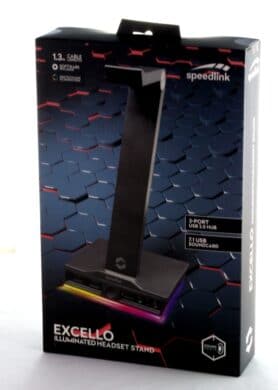
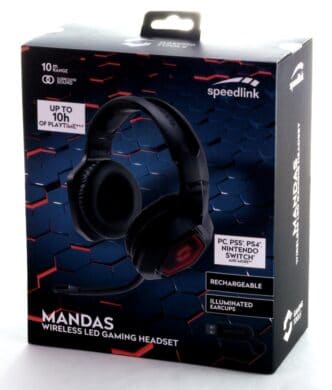
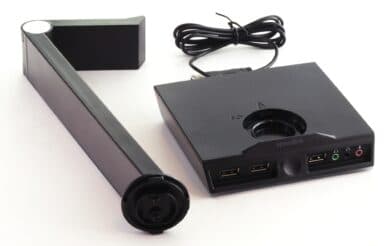
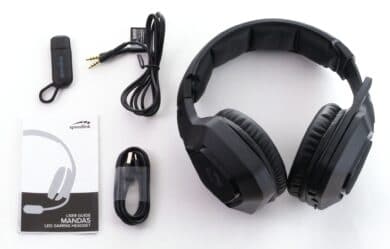
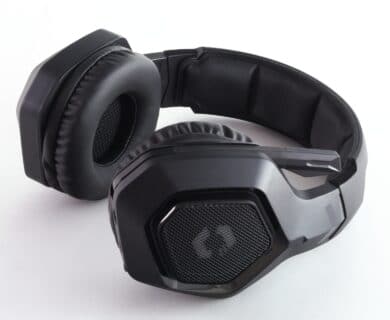
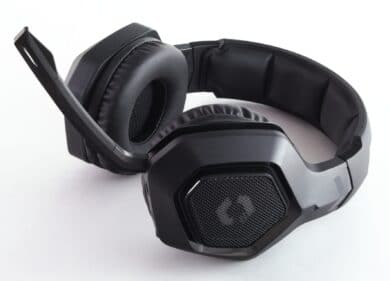


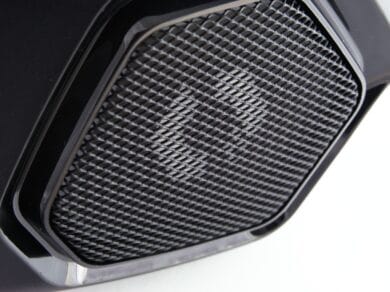


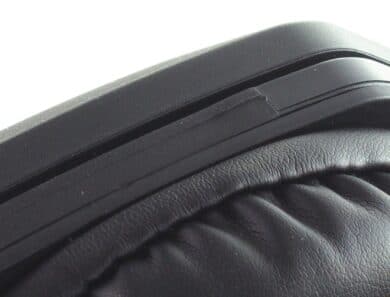
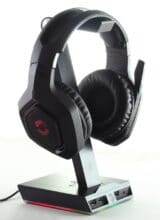
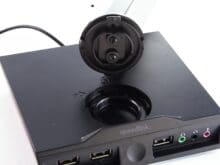

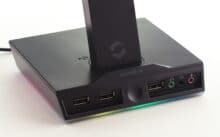
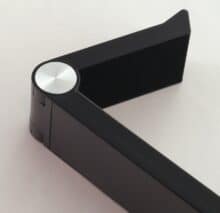

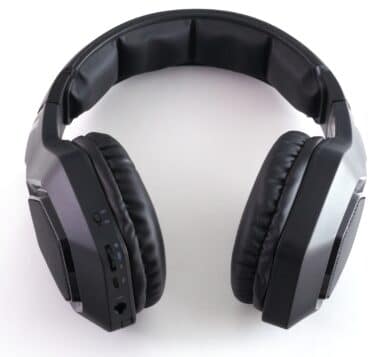

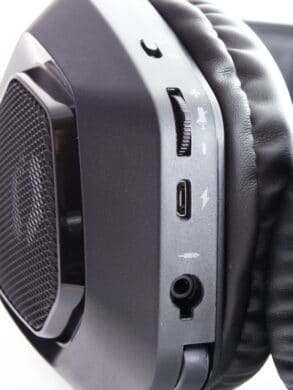
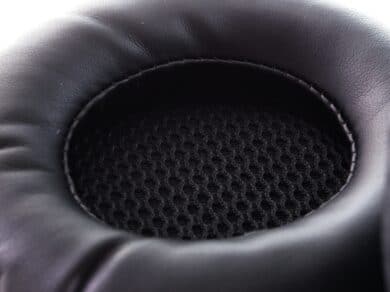

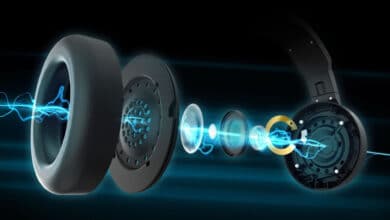

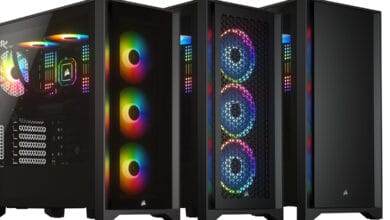
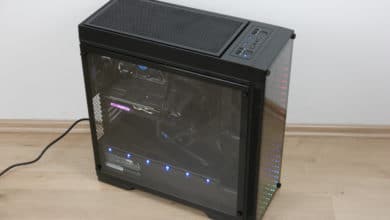
No replies yet
Neue Antworten laden...
Neues Mitglied
Beteilige dich an der Diskussion in der Basic Tutorials Community →